0
432
Share


The Tiger 1 was without a doubt the most feared tank by the Allied forces during the Second World War. The thing that made this tank so feared and respected was the huge 88mm gun which could destroy a Sherman tank at ranges up to 3600 yards.
This was far beyond the range of the guns mounted on the Allied tanks, so before an Allied tank had any chance of destroying it, it had to be well inside the range of the Tiger.
Designer Ferdinand Porsche gave the tank the name Tiger which was a lot shorter than the official German designation: Panzerkampfwagen VI Ausführung H or E (later in the war).
Tank model
The Tiger Tanks were first deployed in 1942 when they were used in North Africa against the American and British forces. Subsequently, they saw action on all fronts until the very last days of the war.
After their first encounters on the battlefield, Allied tank crews reported virtually every tank they encountered as a Tiger Tank, which was unlikely because the Germans only managed to build 1,347 before production stopped in August 1944.
The Tiger Tanks were well ahead of any tanks the Allied forces had in their inventory, but they were not without flaws. The tanks were over-engineered, used expensive materials and were very labour-intensive to build. When it broke down, it was difficult and expensive to fix.
Some of the tracks used were prone to break, and its high fuel consumption made it a strain on the already bad fuel situation for Nazi Germany.
After the war had ended, the remaining Tigers Tanks were scrapped and now very few remain. Only a handful can be seen in museums and even fewer survive outside as monuments.
At this time there is only one Tiger left in running order; The Tank Museum, Bovington in the United Kingdom has Tiger 131 which is the star of many tank-shows and has been used in the 2015 movie “Fury.”
British tank crews first encountered Tigers in January 1943. German crews had been thorough in carrying out their orders to completely destroy abandoned Tigers in order to prevent them falling into enemy hands. As a result little was known about this formidable new opponent, so the capture of a complete Tiger was a prize of enormous importance which would yield valuable.
This makes the capture of Tiger 131 as significant as it was enigmatic. The fate of the crew remains a mystery but the fact that the tank was abandoned seems to have been considered dishonorable. The unit’s war diary simply states; “Crew members of Tiger 131 panic and abandon the tank after two harmless hits from a Churchill.” The evidence shows that the tank was subject to several direct hits which were far from harmless.
The most important strike, which is clearly visible today, saw a 6-pounder round scrape the underside of the Tiger’s 88mm gun, before hitting the gun mantlet and lodging itself in the turret ring. This jammed the turret and effectively prevented the Tiger from fighting. It also split the weld on the top plate and, according to a contemporary report, shattered the radio. It was surmised that this shot could have “incapacitated the driver and front gunner”.
Evidence of a second 6pdr strike can also be seen on the right-hand turret lifting stud, but a third 6pr hit the open loader’s hatch, smashing it and deflecting the round to hit the hatch rim, again potentially injuring crew members inside.
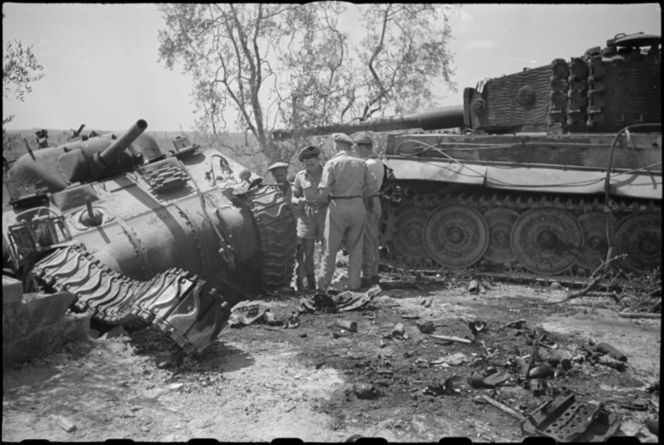
Tiger in Florence area, Italy
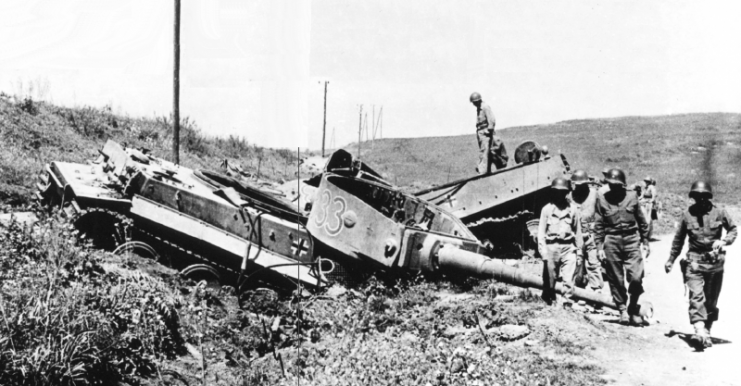
American Soldiers Passing by Destroyed Tiger Tanks in Tunisia

Knocked out Mk VI Tiger tank at Belpasso, Sicily,
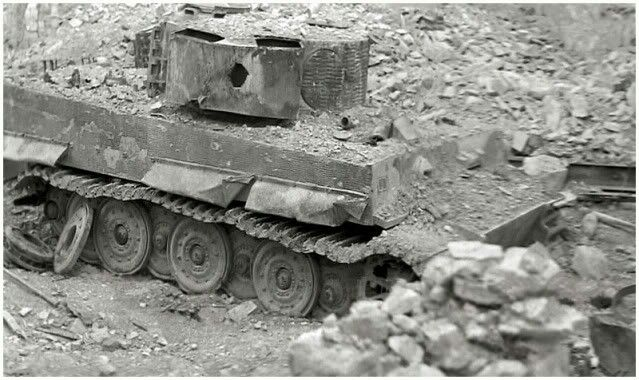
A late variant Tiger 1
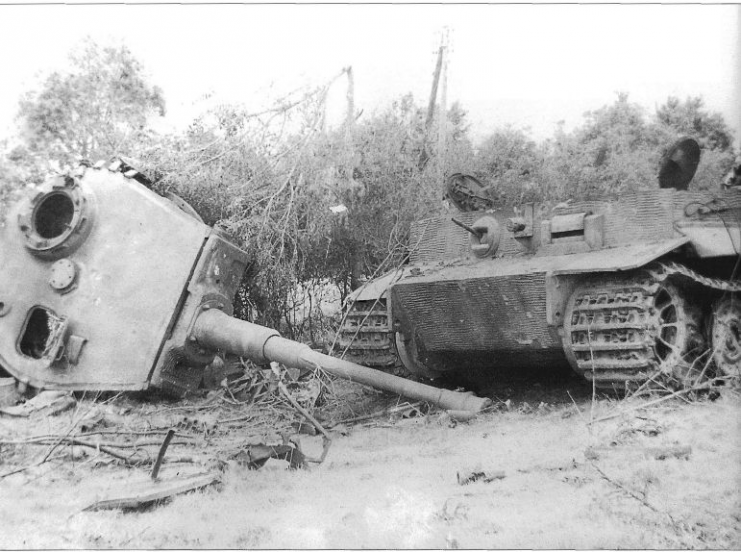
Massive explosion to lift the turret off like that

Looks like the engine deck is blown off

Destroyed in Tunisia

Tiger of Schwere Panzer-Abteilung 504, Ponte Dirillo Sicily

Doesn’t looked damage – broken down?

British troops inspecting a knocked out Tiger

Tracks blown on this one
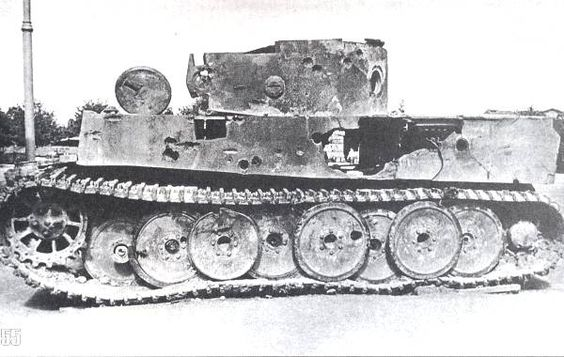
Range target?
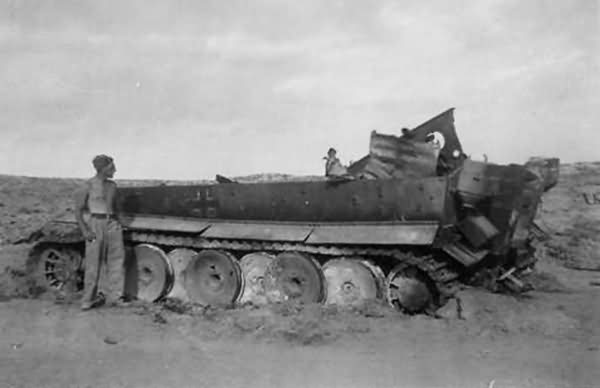
Major explosion

The feared Tiger in Italy?

Either being recovered or victim of a bombardment
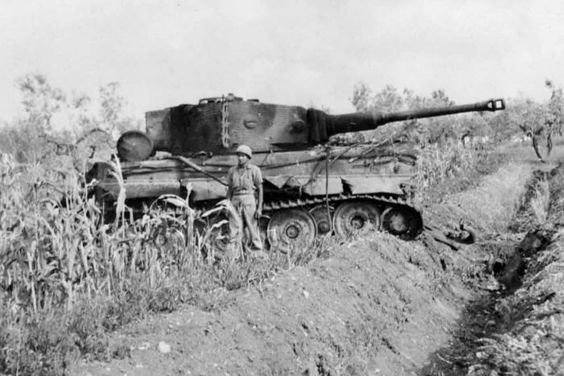
508, Villa Bonnaza Italy

Total destruction

Blown off turret or is the tank underneath?
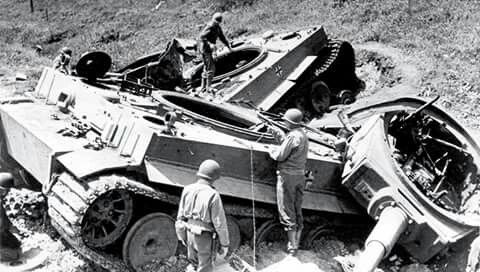
GIs inspect two Tigers
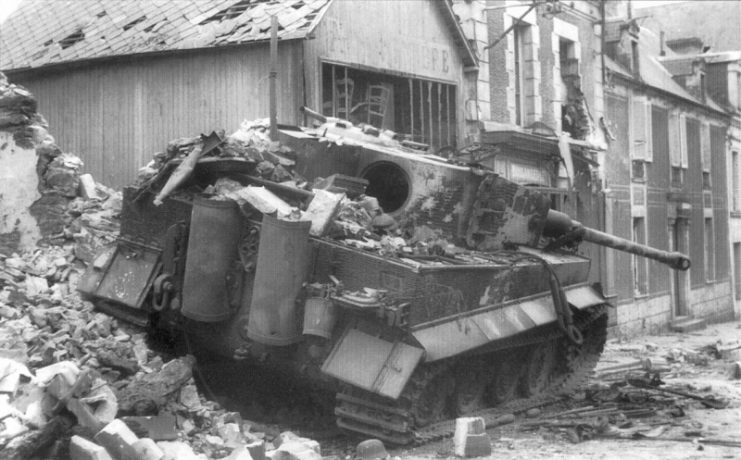
Was an open field tank

Huge forces to throw this Tiger up in the like this
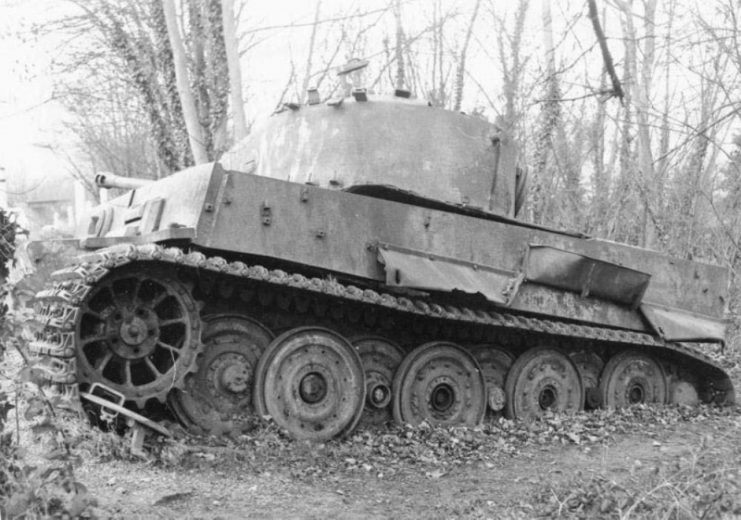
Seem to have been in that position for a long time
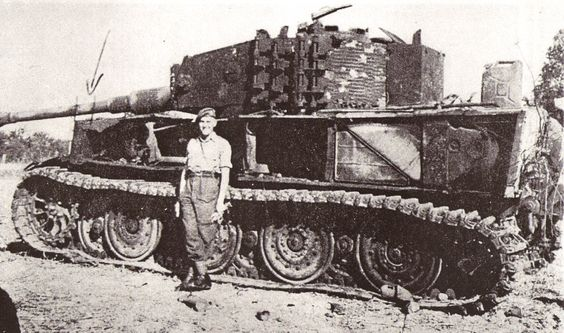
Serious battle damage

Vimoutiers Tiger
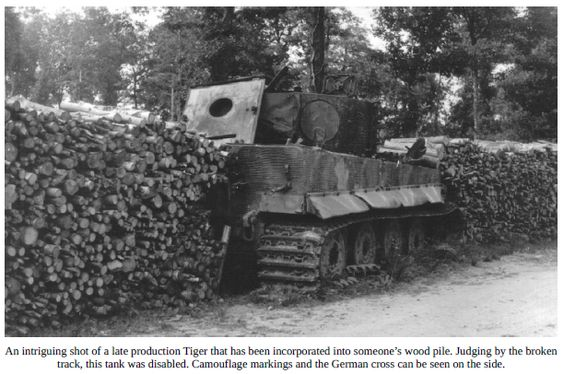
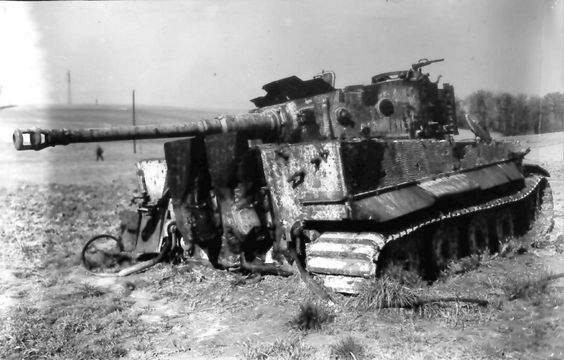
Looks like the eastern front
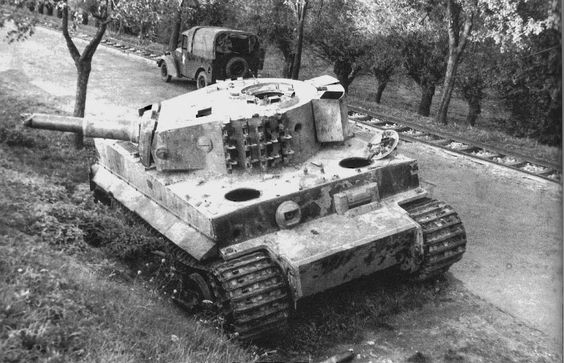
Barrel cut/blown off?
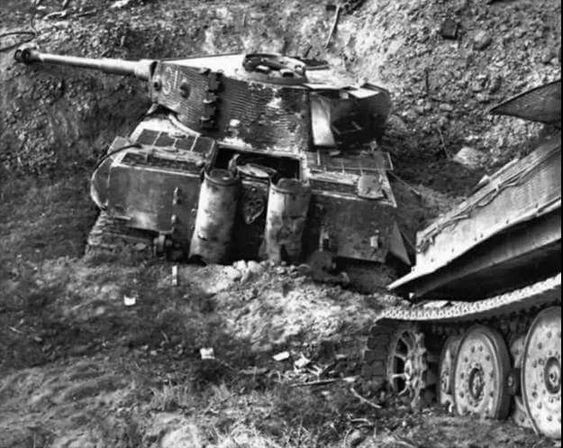
Two tigers in this crater
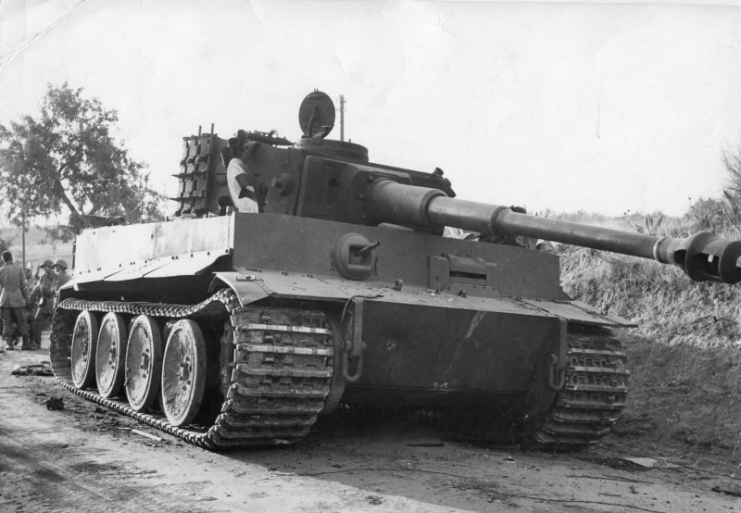
Sicily
The Tiger was introduced in 1942 and saw action in North Africa, Italy, Russia and North West Europe. But it wasn’t until the middle of 1944 that the British and Americans were able to field a tank with a gun capable of penetrating the Tiger’s armour – and these were only available in small numbers until the last few months of the war.





